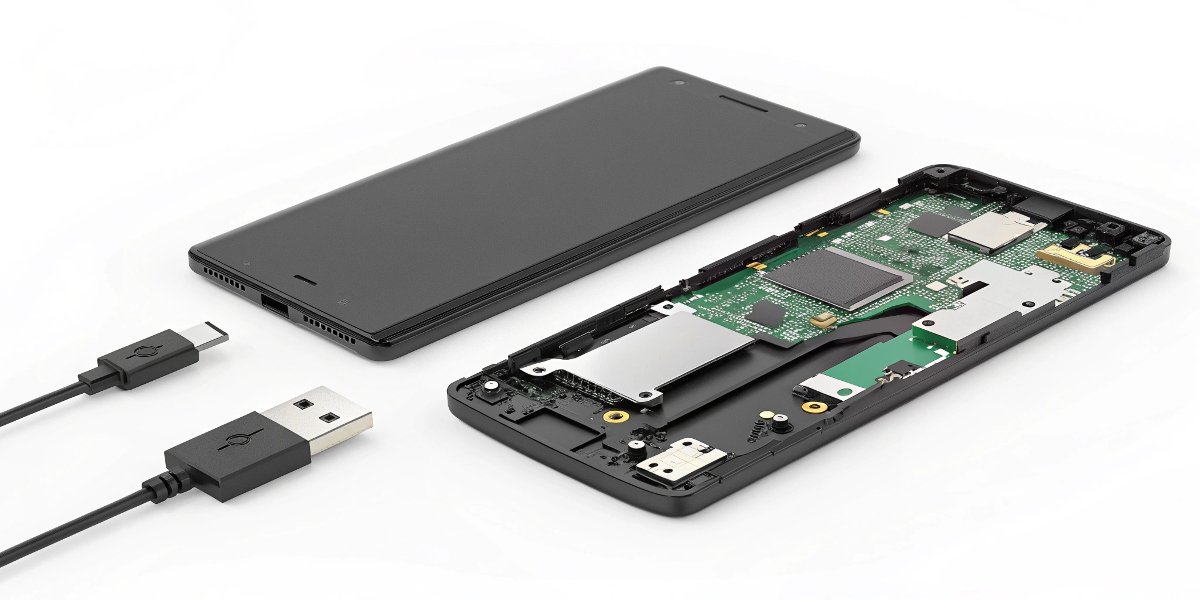You're prepping for a big shoot tomorrow, but your camera battery is dead. You plug it in, but have no idea if it will be ready in an hour or overnight.
A typical Canon camera battery, like the LP-E6NH, takes about 2 to 3 hours to fully charge with its standard charger. However, this time varies depending on the battery's capacity (mAh), its remaining charge, and the charger's output power.
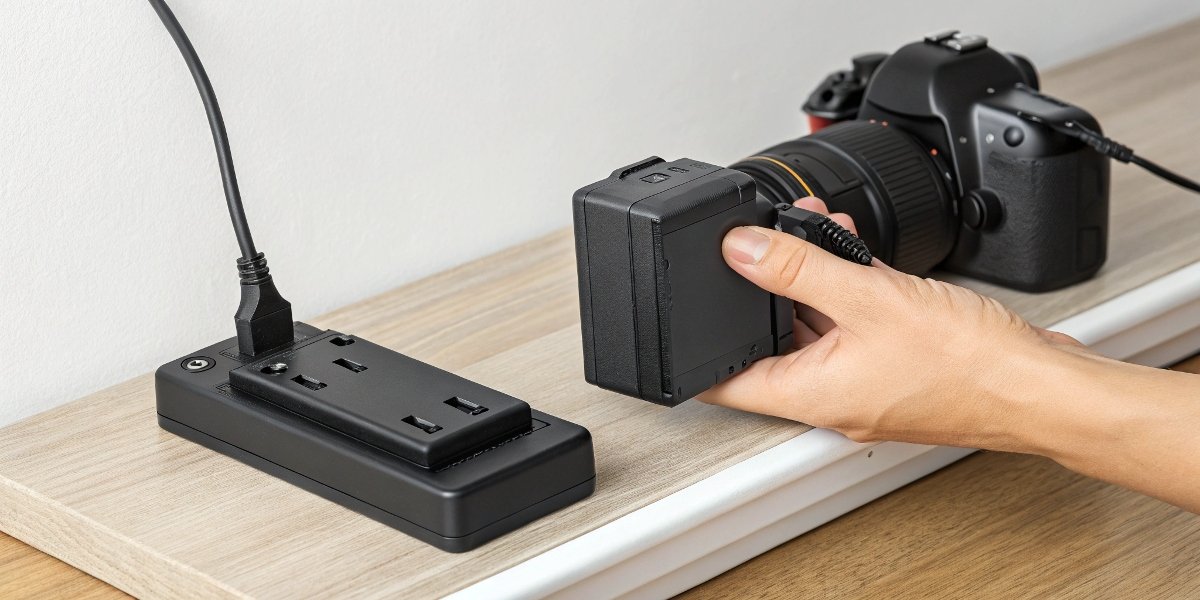
As someone who has supplied batteries for countless professional devices, I know that "how long" is only the first question. The real issue is about reliability and safety. Using the wrong charger or a poor charging technique can shorten your battery's life or even damage it. The charging time is just one piece of a bigger puzzle. Understanding how to choose the right charger and use it correctly is key, whether you're charging a small camera battery or something much larger. Let's break down what you need to know.
How do I know what battery charger I need?
You've lost your original charger and now face a wall of third-party options online. Choosing the wrong one could damage your expensive battery or camera. How can you pick the right one?
Check your battery's model number. The correct charger must match the battery's specific voltage (V), chemistry (e.g., Li-ion), and have the correct physical connector. Using the original manufacturer's charger is always the safest bet.
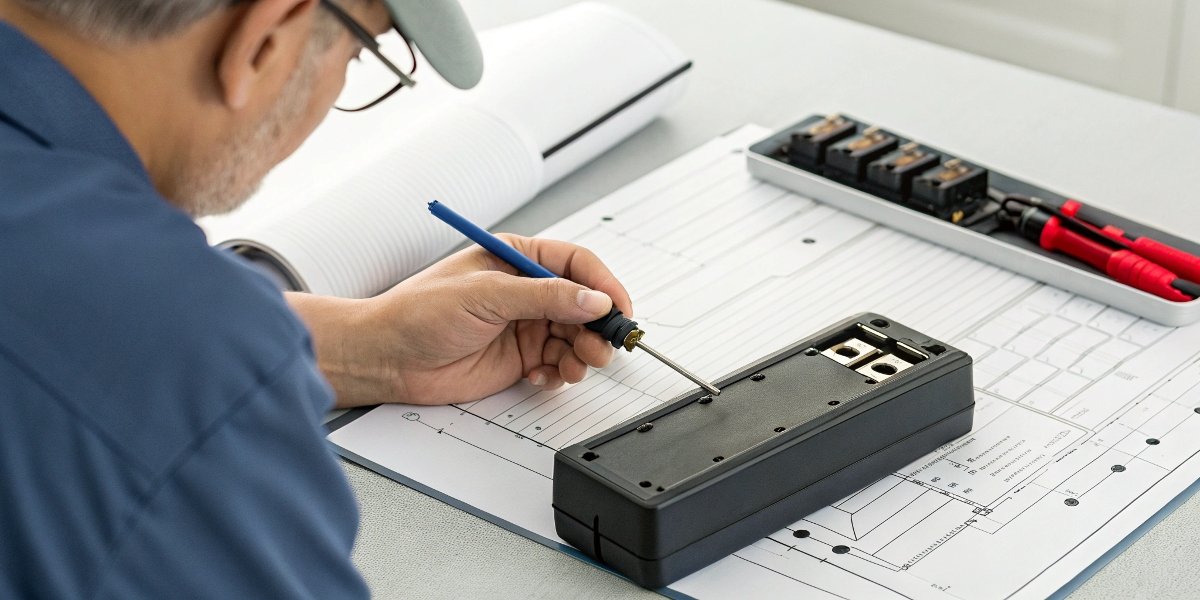
When clients ask me for a replacement charger, I always start with three key factors: voltage, connector, and chemistry. The voltage must match exactly. A charger with a higher voltage can destroy the battery. The physical connector has to fit, obviously, but this also ensures the polarity (+ and -) is correct. Finally, the charger must be designed for the battery's chemistry. A Lithium-ion (Li-ion) battery1 requires a specific charging algorithm that is completely different from older NiMH batteries. Using the wrong type can be dangerous. For high-stakes work like commercial photography or documentary filmmaking, I always advise sticking with the original equipment manufacturer (OEM) charger or a high-quality third-party brand that I've certified. It’s a small price to pay for peace of mind and protecting your gear.
What size battery charger should I use?
You see different chargers for the same battery—some promising a "fast charge2" and others a "standard charge." You don't know which is better or safer for your battery's long-term health.
The "size" of a charger refers to its output current, measured in amps (A) or milliamps (mA). A higher amp charger will charge faster, but a slower, lower-amp charger is often gentler on the battery, potentially extending its overall lifespan.

You can estimate the charging time with simple math:
Charging Time (Hours) = Battery Capacity (mAh) / Charger Output (mA)
For example, a 2000mAh battery with a 500mA charger will take roughly 4 hours. A 1000mA (or 1A) charger would do it in about 2 hours. While fast charging is convenient, it generates more heat, which is the enemy of battery health. For intensive professional use, I recommend a strategy of rotation instead of speed. It's better to have 2 or 3 spare batteries and charge them at a standard, slower rate. This avoids the stress of frequent fast charging and ensures you always have a fresh battery ready. To really take care of your batteries, try to charge them when they have about 20-30% left, unplug them when they are full, and store spares at a 40-60% charge level.
How do I choose a car battery charger?
You're applying the same logic to your car, but the stakes are higher. A car battery is bigger, more expensive, and a bad charger choice could leave you stranded.
To choose a car battery charger, you must match it to your car battery's type (e.g., lead-acid, AGM, or Lithium), voltage (usually 12V), and choose an amperage that fits your needs—low amps for maintenance, high amps for fast charging.
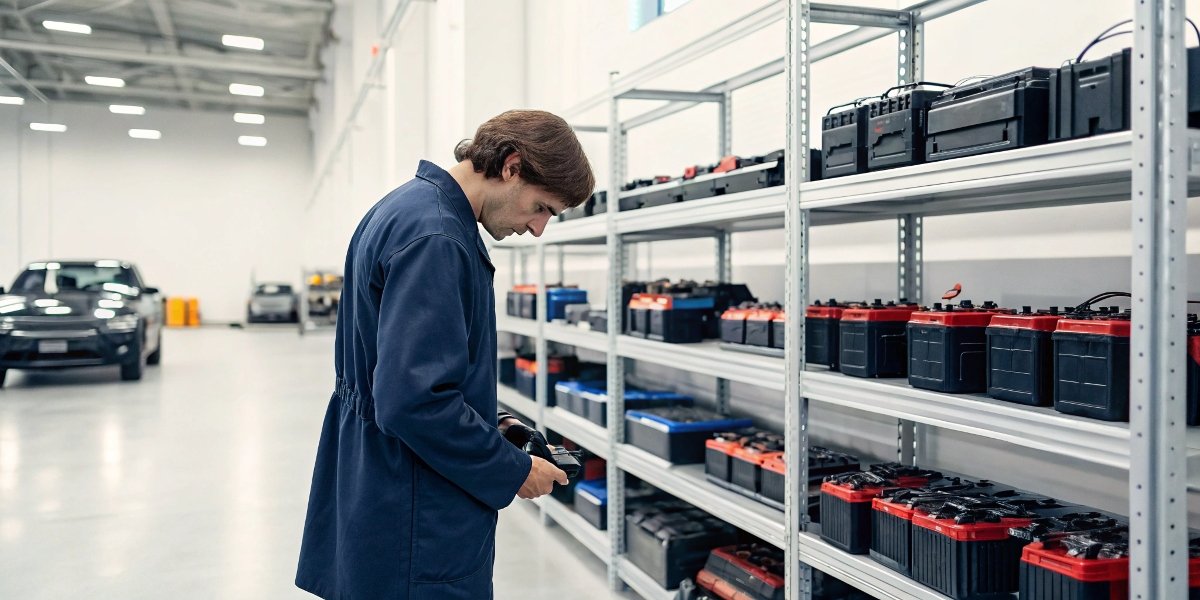
While the principles are the same as with a camera battery, the details are different. Car batteries have different chemistries. A traditional "flooded" lead-acid battery charges differently than a modern AGM (Absorbent Glass Mat) or a lithium-ion starter battery. Many modern "smart" chargers have modes for each of these types, so selecting the right one is crucial. The size, or amperage, is also a key choice. A 2-amp "trickle charger" or maintainer is perfect for keeping a stored car's battery topped up over the winter. A 10-amp or 20-amp charger is better for recharging a dead battery in a few hours. Just like with camera batteries, it's about matching the tool to the job and the battery type.
When charging a battery, do you connect positive or negative first?
You're about to connect a charger to your car battery. You have a 50/50 chance of getting it right, but you've heard that doing it in the wrong order can be dangerous.
When connecting a charger to a car battery, always connect the positive (red) clamp to the positive terminal first. When disconnecting, remove the positive clamp last. This safety procedure3 minimizes the risk of sparks.
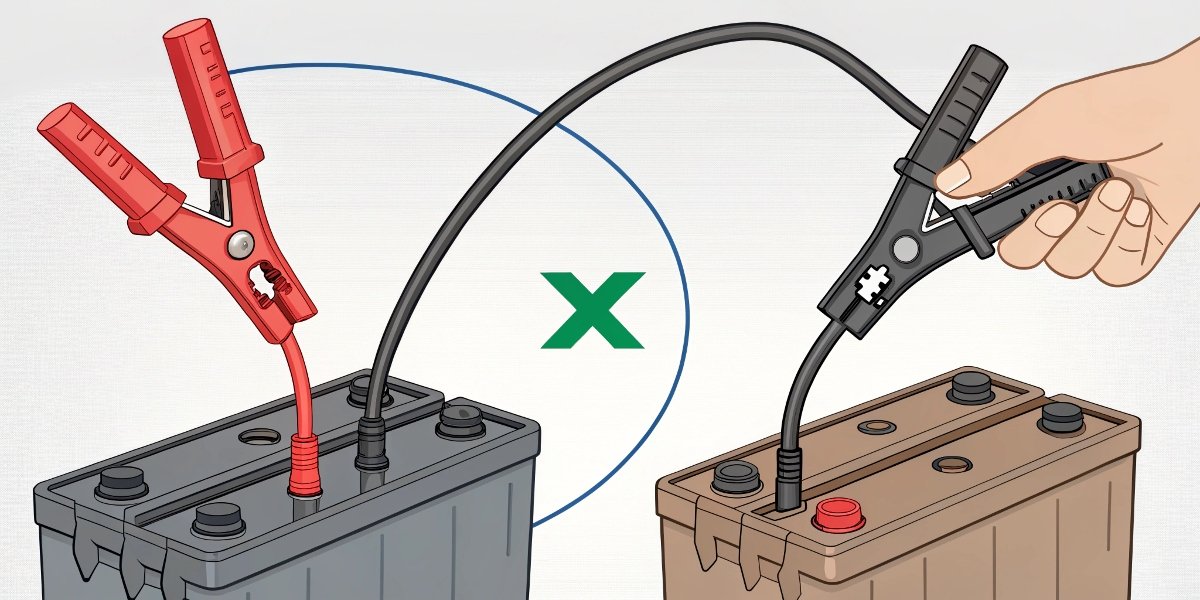
This rule is all about preventing explosions. A car battery, especially when charging, can release flammable hydrogen gas. The final connection you make is the one most likely to create a small spark. The procedure is:
- Connect Positive (Red): Attach the red clamp to the positive (+) terminal of the battery.
- Connect Negative (Black): Attach the black clamp to a solid, unpainted metal part of the car's frame, away from the battery. This is the "ground."
- Plug in and Turn on Charger.
- To Disconnect: Turn off the charger, then remove the negative (black) clamp first, followed by the positive (red) clamp.
By making the final connection away from the battery, any spark occurs far from the hydrogen gas. This principle of engineered safety is why camera battery chargers are designed with fool-proof connectors. The risk is much lower, but the goal is the same: to make the connection safe and simple.
Conclusion
Whether for a camera or a car, correct charging is simple: match the charger to the battery's voltage and chemistry. This ensures safety, optimizes charging speed, and extends your battery's life.

